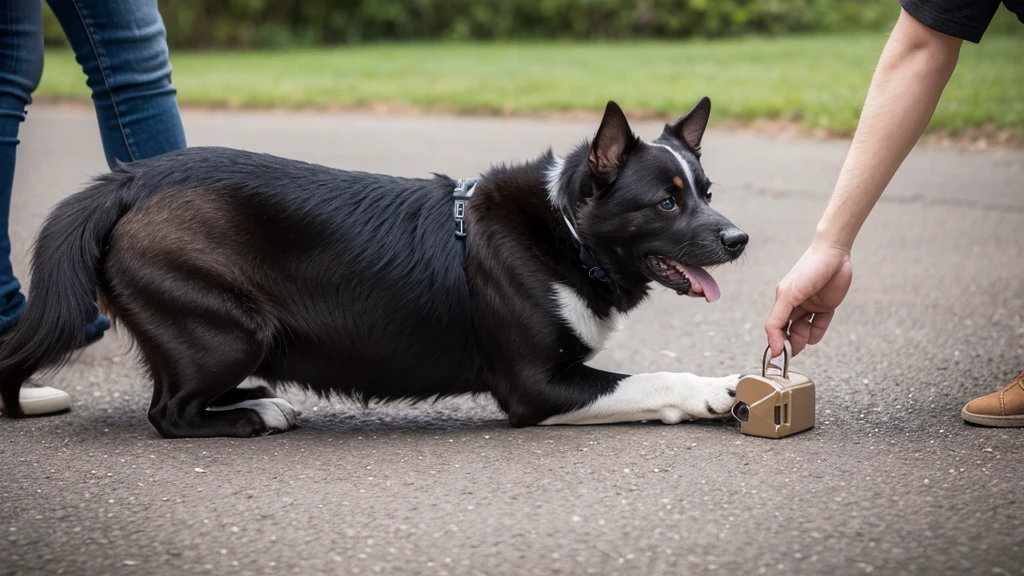dog are beloved members of our families and provide us with companionship, joy and unconditional love. But just like people, pets can experience medical emergencies that require prompt and appropriate first aid. Whether you’re at home or on the road, being prepared for pet emergencies can make all the difference in ensuring the well-being of your furry friend. In this complete pet first aid guide, we explore the importance of preparation, common emergencies, and essential first aid techniques that will help you confidently care for your pet in times of need.
Introduction:
Pets are curious creatures prone to accidents and emergencies.
If you are prepared with the right first aid knowledge and skills, you can save your pet’s life.
This guide covers the importance of pet first aid, recognizing emergency situations and essential first aid techniques.
The importance of first aid for pets:
Many pet emergencies occur at home or during outdoor activities.
Quick and proper first aid can prevent minor injuries from becoming serious.
First aid can relieve pain, improve outcomes, and give pet owners peace of mind.
Pet first aid courses provide valuable knowledge and skills for pet owners and industry professionals.
Learning pet first aid will improve your ability to care for your pet and build trust with clients.
Recognize emergency situations in pets:
Subtle behavioral changes and physical signs can indicate an emergency situation in your pet.
Ten common symptoms of a sick dog or cat are loss of appetite, bad breath, excessive thirst, unexplained aggression and breathing problems.
Emergency warning signs, such as a distended abdomen, inability to urinate, seizures and difficulty breathing, require immediate veterinary attention.
Knowing when to seek veterinary care is critical to your pet’s well-being.

Essential First Aid Techniques for Pets:
Check pulse:
Identify the location of the dog’s heartbeat and calculate the number of beats per minute.
The importance of pulse checks when evaluating a pet’s condition.
Help a choking dog:
Recognize signs of choking and act quickly to remove the obstruction.
Step-by-step guide to clearing a dog’s airway and performing the Heimlich maneuver.
Apply CPR:
The importance of CPR when resuscitating a dog with stopped breathing.
Step-by-step instructions for performing CPR on a dog, including chest compressions and rescue breathing.
Muzzle your pet:
Importance of the muzzle to prevent bites during first aid procedures.
Safely make a makeshift muzzle for your pet using readily available materials.
Pet First Aid Kits:
The importance of carrying a pet first aid kit during outdoor activities.
Essential items to include in a pet first aid kit such as bandages, antiseptic wipes and emergency contact information.
Practical first aid courses:
Overview of online and practical first aid courses for pets offered by First Aid for Pets.
Topics covered include caring for an unconscious dog, treating common injuries and illnesses, and hands-on training with a dog dummy.
Benefits of First Aid Courses for Pet Owners and Industry Professionals.
Emergency preparedness tips:
Have your veterinarian’s contact information available.
Know when to call your vet and follow their instructions during emergencies.
Carry a pet first aid kit and take practical first aid courses for comprehensive preparation.
Conclusion:
Pet first aid is essential for pet owners to effectively respond to emergencies and protect their furry friends.
By investing in pet first aid knowledge and skills, you can ensure the well-being and safety of your beloved companion.
This comprehensive pet first aid guide gives pet owners the knowledge and confidence to handle emergencies and provide essential care to their furry friends. With the right preparation and training, you can respond quickly and effectively to any emergency situation involving your pet.



